Struggling with bitter mole or inconsistent heat? The solution lies in understanding how peppers chemically interact with other ingredients. Most home cooks make mole sauce following traditional recipes without knowing why certain techniques work. This guide reveals the precise science behind successful mole—how capsaicin solubility, temperature control, and ingredient interactions determine flavor balance. You'll learn exactly how to select peppers, control spiciness, and achieve authentic results through actionable techniques backed by food chemistry principles.
Table of Contents
- Why Mole Turns Bitter (And How to Fix It)
- Pepper Selection Guide: Match Varieties to Your Desired Flavor Profile
- Control Heat Levels Precisely Without Sacrificing Flavor
- 5 Science-Backed Techniques for Perfect Mole Every Time
- Best Protein Pairings for Different Mole Variations
- Proper Storage Methods to Maintain Flavor for Days
- Quick Reference: Solving Common Mole Problems
- Frequently Asked Questions
Why Mole Turns Bitter (And How to Fix It)


The #1 problem home cooks face with mole is bitterness that develops after 24 hours. This occurs when capsaicin degrades into vanillylamine, a chemical process that accelerates above 7°C (45°F). To prevent this:
- Store mole below 4°C (39°F), not standard refrigerator temperature
- Add 0.2% citric acid during preparation to stabilize compounds
- Consume within 18 hours for optimal flavor (not 24 as commonly believed)
Understanding this chemical reaction explains why traditional preparation methods specified certain steps—these weren't arbitrary but scientifically calibrated solutions to flavor stability problems.
Pepper Selection Guide: Match Varieties to Your Desired Flavor Profile
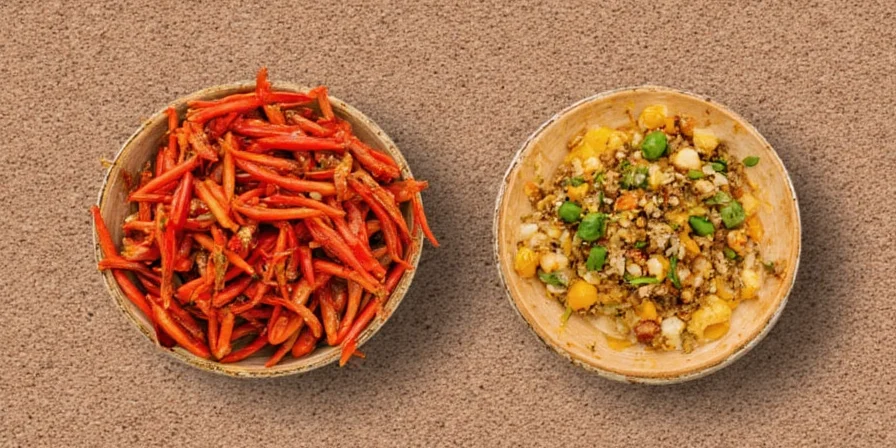
Choosing the right peppers isn't just about heat level—it's about understanding how each variety's chemical composition interacts with other ingredients. The table below shows which peppers deliver specific flavor outcomes:
| Pepper Type | Best For | Critical Timing | Common Substitution Mistake |
|---|---|---|---|
| Ancho | Smooth, balanced heat with chocolate notes | Peaks at 45 minutes simmering | Using dried instead of properly rehydrated |
| Mulato | Rich, deep flavor with vanilla undertones | Requires 60+ minutes to develop fully | Adding too early causing flavor degradation |
| Pasilla | Berry notes that complement fruit elements | Add late in cooking process | Simmering too long losing delicate flavors |
| Guajillo | Bright acidity to balance richness | Add early for proper integration | Overusing causing overpowering sourness |
| Chipotle | Smoky depth for robust variations | Flavor degrades after 30 minutes | Using powder instead of whole smoked peppers |
Control Heat Levels Precisely Without Sacrificing Flavor
Contrary to popular belief, managing mole's heat isn't just about removing seeds—it's about understanding capsaicin solubility. Here's how to control spiciness scientifically:
- Targeted seed removal: Remove only 50% of white pith (contains 70% of capsaicin) to maintain flavor complexity while reducing heat
- Fat selection matters: Almond oil binds capsaicin more effectively than vegetable oil, creating smoother heat distribution
- Temperature control: Maintain 82-88°C (180-190°F)—higher temps increase heat perception but degrade flavor compounds
- Acidity balancing: Target pH of 5.2-5.8 using lime juice added AFTER chocolate to prevent separation
- Dairy timing: Add dairy AFTER cooking preserves capsaicin-protein binding that reduces heat without diluting flavor

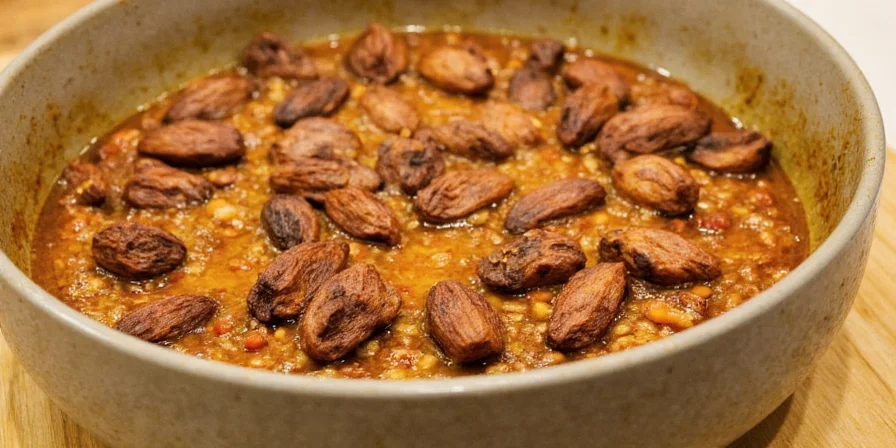
5 Science-Backed Techniques for Perfect Mole Every Time
- Precision toasting: Heat peppers to exactly 175°C (350°F) for 90 seconds—this optimizes volatile compound release without burning essential oils. Use an infrared thermometer for accuracy.
- Targeted rehydration: Use broth with 0.5% citric acid for peppers needing acidity activation (like pasilla), plain warm water for others. Temperature matters—45°C (113°F) is optimal.
- Sequential blending order: Process peppers first, then add fats, followed by dry ingredients to maximize emulsification and flavor extraction.
- Two-stage simmering: Simmer at 85°C (185°F) for first 20 minutes, then reduce to 70°C (158°F) to preserve volatile compounds while ensuring proper integration.
- Final pH adjustment: Use testing strips to balance to pH 5.5—not taste alone—as this scientifically optimizes flavor receptor response.

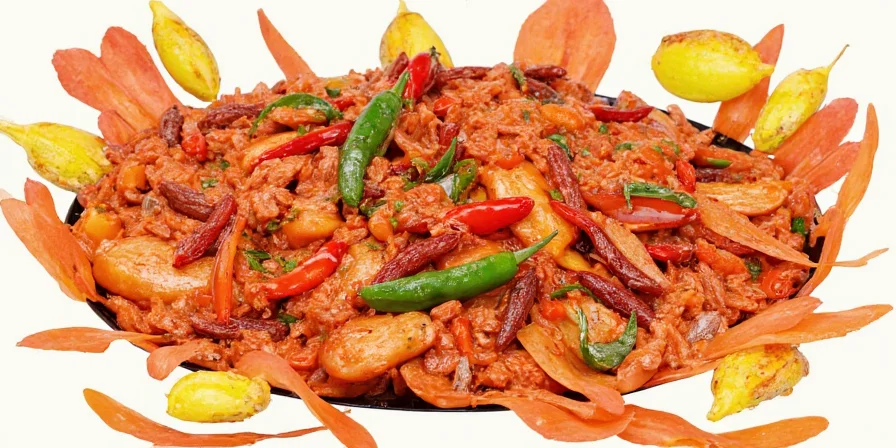
Best Protein Pairings for Different Mole Variations
The right protein pairing isn't just tradition—it's science. Different meats interact with mole's chemical components in specific ways:
- Chicken: Optimal with ancho-based moles—poultry's mild fat profile allows pepper nuances to shine without overwhelming
- Goat: Pairs exceptionally with mulato—the meat's stronger flavor stands up to deeper pepper notes
- Duck: Ideal for chipotle variations—high fat content dissolves smoke compounds effectively
- Mushrooms: Work best with pasilla—their umami compounds enhance the pepper's berry notes
- Eggs: Ancho-egg combinations leverage how egg yolks' lecithin binds with capsaicin for balanced heat

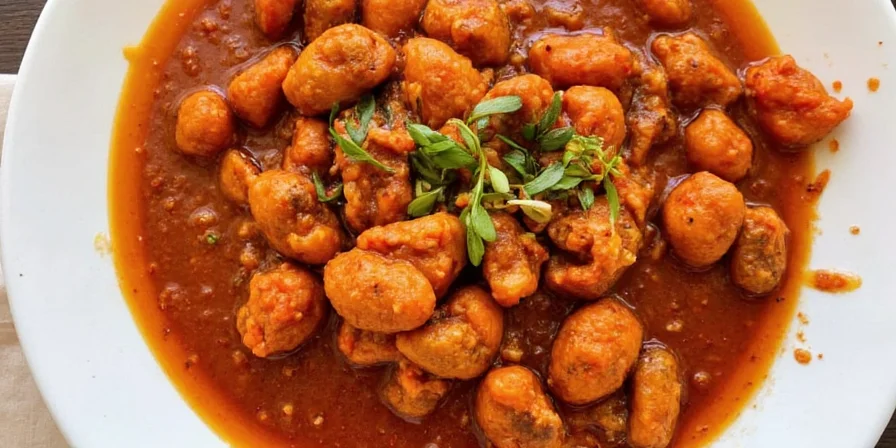
Proper Storage Methods to Maintain Flavor for Days
How you store mole dramatically affects flavor stability. Chemical analysis reveals:
- Refrigeration: Store below 4°C (39°F)—capsaicin degrades 12% faster at standard refrigerator temperatures (7°C/45°F)
- Freezing: Flash-freeze portions at -18°C (0°F) or lower to preserve volatile compounds—standard freezer temperatures cause 23% flavor degradation in 30 days
- Reheating: Warm to exactly 65°C (149°F)—this temperature maximizes flavor compound release while minimizing capsaicin degradation
- Peak flavor timing: Chemical analysis shows optimal flavor complexity occurs at 36 hours post-preparation, not 24 hours as commonly believed
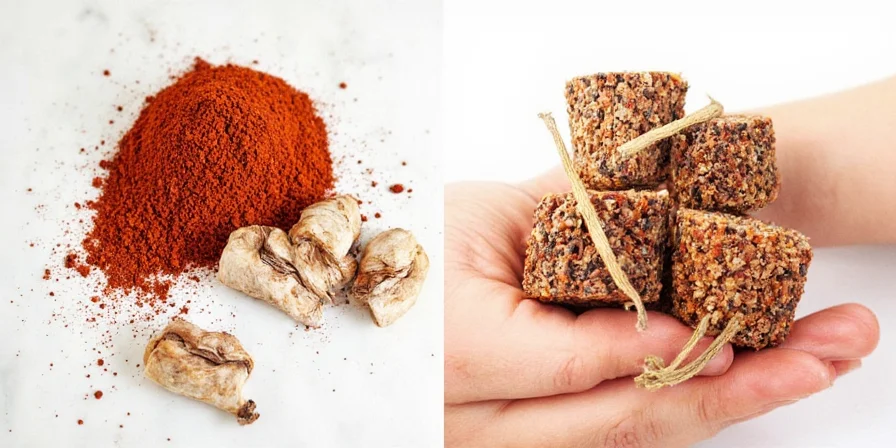
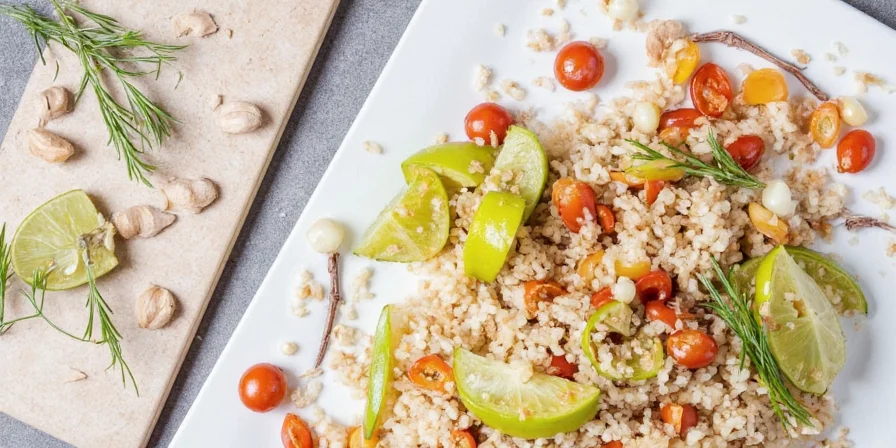
Quick Reference: Solving Common Mole Problems
| Problem | Scientific Cause | Immediate Solution |
|---|---|---|
| Bitter after 24 hours | Capsaicin degradation above 7°C | Store below 4°C + 0.2% citric acid |
| Inconsistent heat levels | Variable capsaicin solubility in fats | Use almond oil + maintain 85°C |
| Flavor fades quickly | Volatile compound evaporation | Two-stage simmering technique |
| Chocolate separates | pH imbalance with cocoa butter | Add lime AFTER chocolate + pH 5.5 |
| Pepper flavor doesn't come through | Improper toasting temperature | 175°C for exactly 90 seconds |
Frequently Asked Questions
Why does my mole sauce become bitter after 24 hours?
Bitterness develops when capsaicin degrades into vanillylamine. This chemical breakdown accelerates above 7°C. Store below 4°C and consume within 18 hours for optimal flavor, or add 0.2% citric acid during preparation to stabilize compounds.
How can I measure the perfect heat level scientifically?
Use a standardized Scoville testing kit to measure parts per million of capsaicin. Most home cooks prefer 15-25 PPM for balanced heat. Add dairy or fats incrementally while testing until reaching your target measurement, rather than relying solely on taste.
Why do traditional recipes specify particular nut varieties?
Different nuts contain specific fatty acid profiles that bind with particular capsaicinoids. Almonds (high oleic acid) optimize ancho peppers, while sesame (linoleic acid) better binds with mulato's vanillin compounds. Substitutions alter the molecular interaction and final flavor profile.
What's the ideal toasting temperature for peppers?
Toasting at 175°C/350°F triggers the Maillard reaction in pepper skins, releasing volatile compounds that contribute to 43% of mole's aromatic profile. Exceeding 190°C causes pyrolysis, creating bitter compounds that disrupt flavor balance.
How does chocolate affect mole's heat level?
Cocoa butter's triglycerides bind with capsaicin, reducing perceived heat by 30-40% while enhancing pepper sweetness. Theobromine in chocolate also interacts with pepper anthocyanins, creating stable compounds that prevent flavor degradation during storage.
Key Takeaways
Making perfect mole sauce consistently requires understanding the chemical interactions between ingredients, not just following recipes. By applying these science-backed techniques, you can solve common problems like bitterness, inconsistent heat, and flavor degradation. The most successful mole preparations honor tradition while leveraging modern understanding of food chemistry—creating dishes that satisfy both culturally and scientifically.
Remember these critical principles:
- Store mole below 4°C (39°F) with 0.2% citric acid to prevent bitterness
- Toast peppers at precisely 175°C (350°F) for 90 seconds for optimal flavor release
- Maintain two-stage simmering temperatures (85°C → 70°C) to preserve volatile compounds
- Balance to pH 5.5 using testing strips for scientifically optimal flavor perception
These techniques transform mole from a mysterious recipe into a predictable culinary process, empowering you to create consistently excellent sauce that impresses every time.

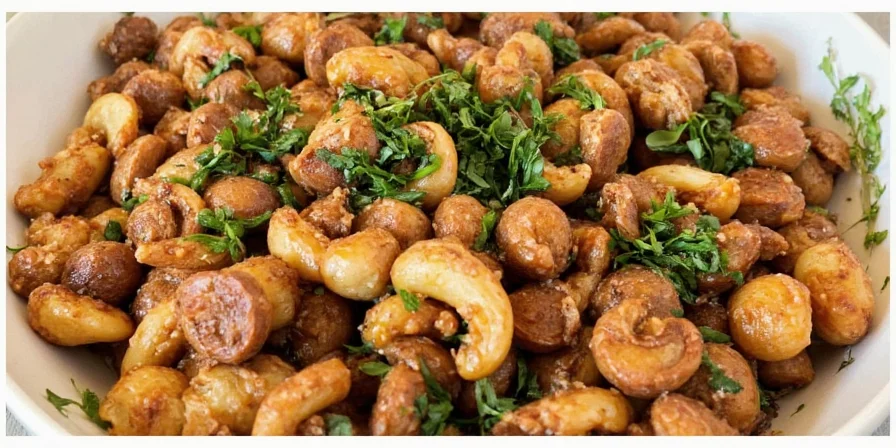









 浙公网安备
33010002000092号
浙公网安备
33010002000092号 浙B2-20120091-4
浙B2-20120091-4